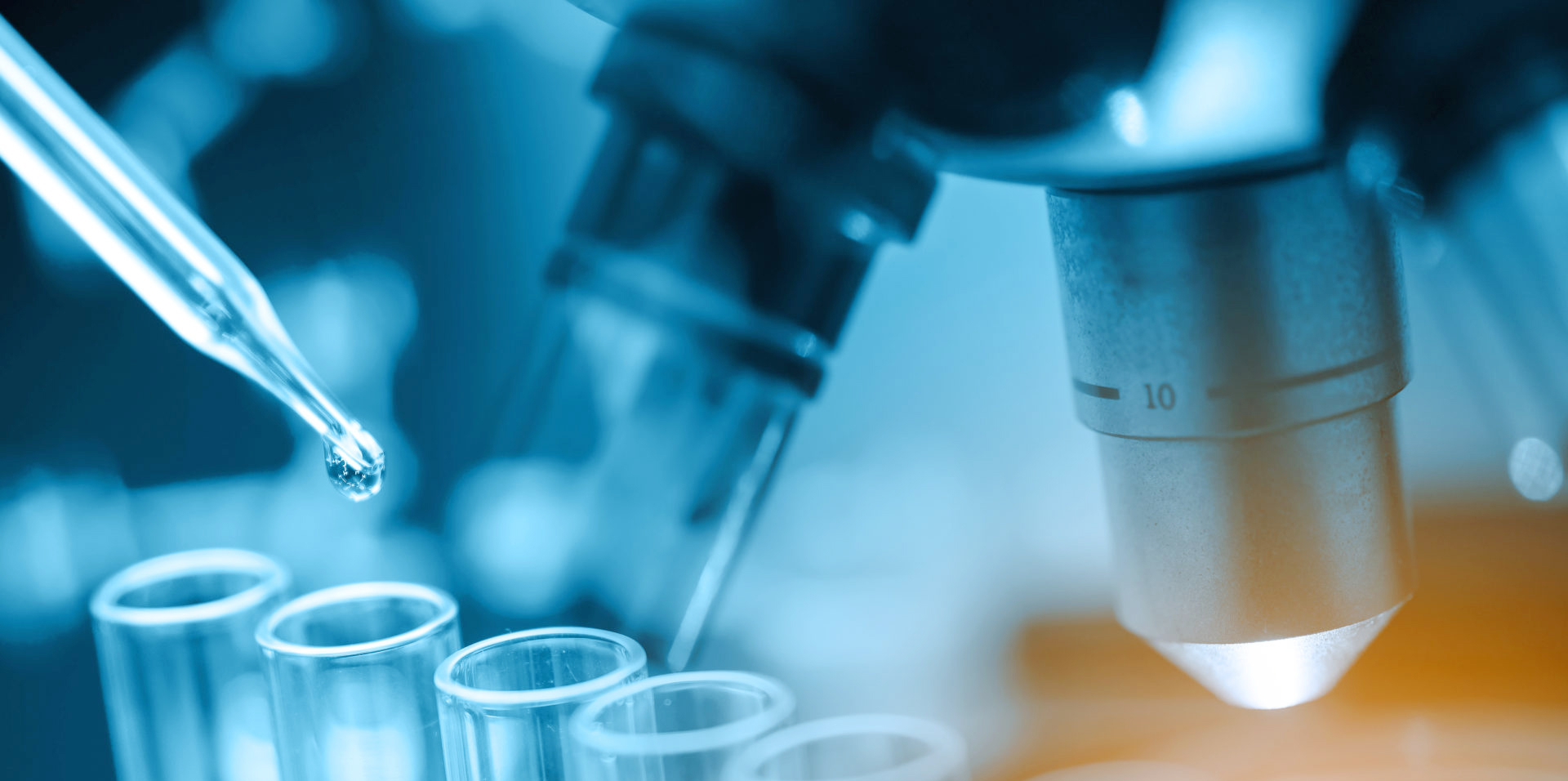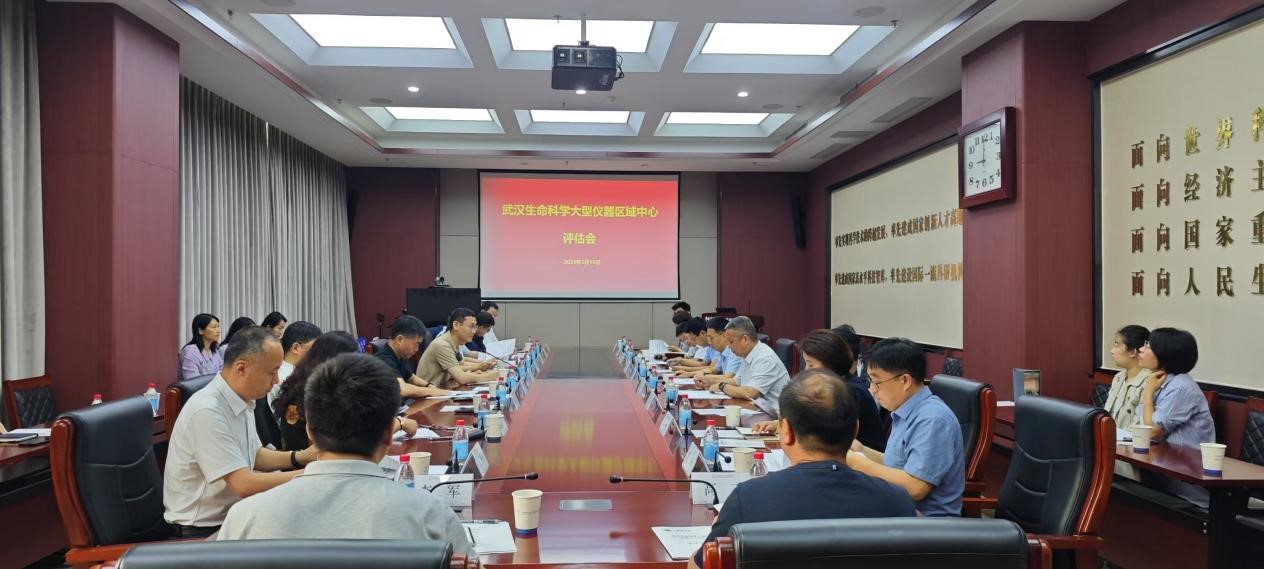
Newsroom
Wuhan Regional Center for Large-Scale Life Science Instruments Successfully Completes Evaluation

The evaluation meeting for the Wuhan Regional Center for Large-Scale Life Science Instruments was held at IHB on May 16, 2025. (Credit: IHB)
The evaluation meeting for the Wuhan Regional Center for Large-Scale Life Science Instruments was held at the Institute of Hydrobiology (IHB) of the Chinese Academy of Sciences on May 16, 2025.
The Wuhan Regional Center, led by IHB and jointly operated with the Innovation Academy for Precision Measurement Science and Technology, Wuhan Institute of Virology, and Wuhan Botanical Garden, has strengthened collaboration in instrument integration and technical services.
SU Chi, representing the Bureau of Basic Science and Technology Capacity of CAS, emphasized the center’s critical role in promoting shared research infrastructure and supporting innovation. He encouraged the center to further leverage its strengths to advance China’s life sciences.
Prof. MIAO Wei, director of IHB and head of the center’s management committee, presented a detailed progress report. The center has implemented measures in strategic planning, digitalization, talent incentives, and operational efficiency, including: self-assessment and responsibility clarification, enhanced experience-sharing and open access, optimized resource allocation, standardized management procedures, strengthened technical standardization, and talent development and performance-based incentives.
These efforts have led to significant improvements in equipment utilization, shared usage rates, and digital capabilities. The center has also achieved breakthroughs in domestically developed instruments, earning multiple industry awards.
The expert panel unanimously recognized the center’s progress, confirming it has met its objectives and passed the evaluation.
The meeting outlined future priorities, with the center reaffirming its commitment to openness, collaboration, and innovation. It will expand cross-regional cooperation, accelerate domestic instrument development, and further contributing to national life science research.